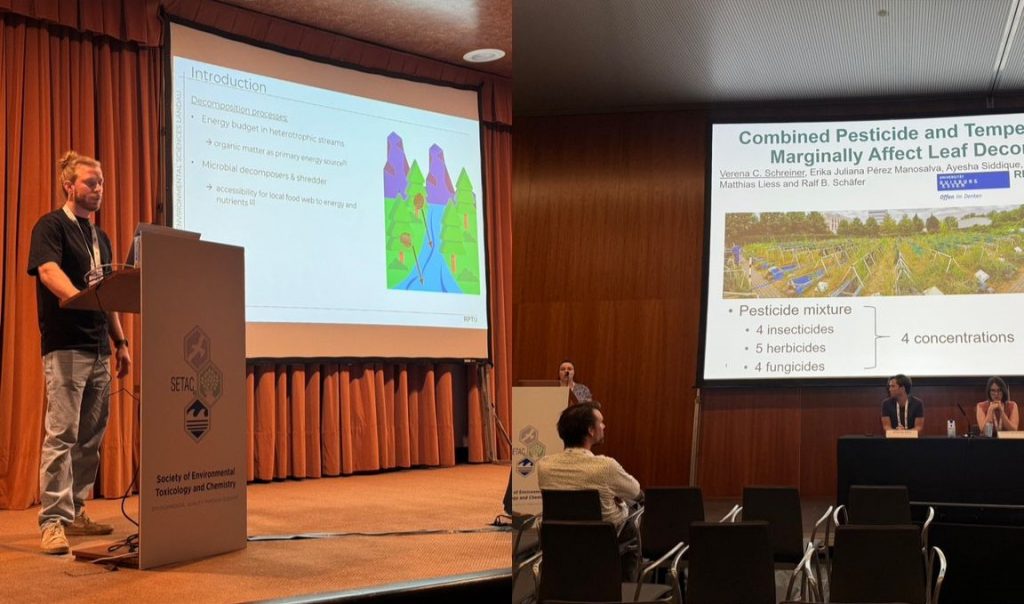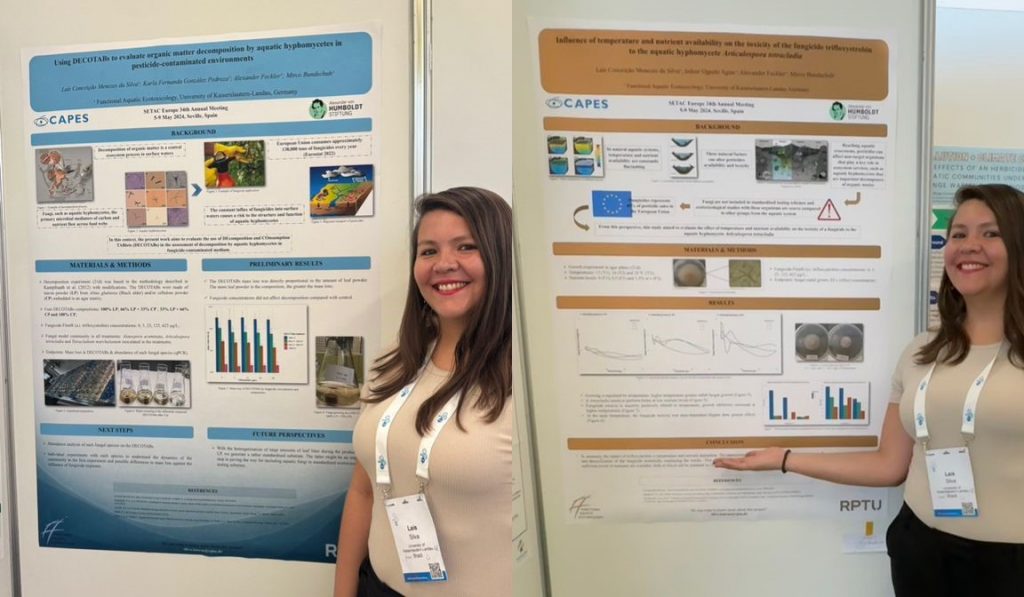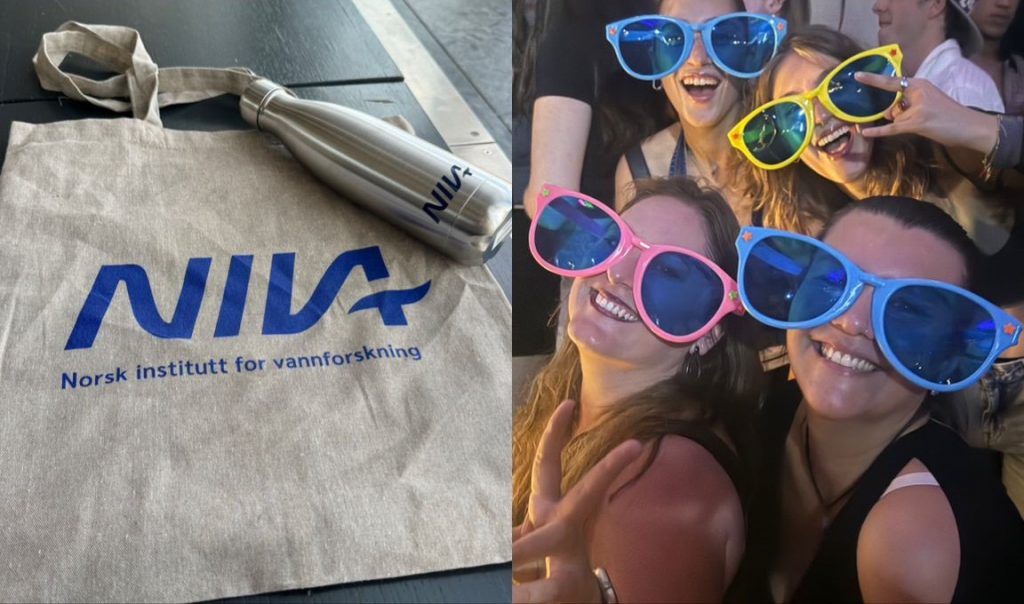Today, Dr. Laís Conceição Menezes da Silva tells us about her experience at the 34th Society of Environmental Toxicology and Chemistry (SETAC) Europe Annual Meeting that took place earlier this year in Sevilla, Spain.
SETAC Europe 2024
The meeting, which occurred between the 5th and 9th of May 2024 at the Fibes Sevilla Conference & Exhibition Centre, had the overarching theme of Science-Based Solutions in Times of Crisis: Integrating Science and Policy for Environmental Challenges. Which was addressed through several covered topics, including:
- The environmental fate and effects of emerging and existing pollutants and their mixtures, at cellular, organism, community, population and ecosystem levels;
- The development of solutions to reduce, replace and regulate the use of known pollutants;
- Strategies and methods to mitigate and remediate contaminated soil, air and water;
- Innovations to foster more sustainable practices in agriculture, waste treatment, resource management and more; and
- Life cycle thinking approaches, including supply chain data collection, impact assessment modelling and footprinting methodologies.

The Experience
Dr. Laís Conceição Menezes da Silva said:
SETAC 2024 in Seville was a great experience for me. This was my first SETAC Europe, but I’ve attended SETAC Latin America and Ecotox Brazil a few times before, and I can say that the experience is very similar. However, SETAC Europe is much bigger and that makes the mission of socializing with everyone impossible. So, I highly recommend that before the meeting, or on the first day, you note all the presentations and posters you want to attend, as well as the places where you can meet that researcher that you want to meet.

In my case, the main objective of the congress was to present the abstracts of the experiments I’m doing for my post-doctoral project in collaboration with two master’s students, Karla Pedroza and Isdore Agim. The second objective was networking, so at the time of the poster presentations I always went to the posters I was interested in to meet the researcher who carried out the study. No, I didn’t get to talk to everyone, but it was very productive and I learned a lot of new things during those sessions. Another networking strategy was to take part in the dynamics of other groups. For example, I took part in a NIVA (Oslo, Norway) competition that took place throughout the event where I got second place and received a few gifts.

And, I also took some time to attend the presentations of my lab colleagues, for example, from the PhD student Frederik Meyer and from Dr. Verena Schreiner. And finally, I attended the event’s dinner and the student party, and for sure, I had a lot of fun. For students, I think the experience at SETAC events is essential. This is because it makes you realize how diverse the area is and the many opportunities that are available. And that can be decisive in choosing the next step in your career.
